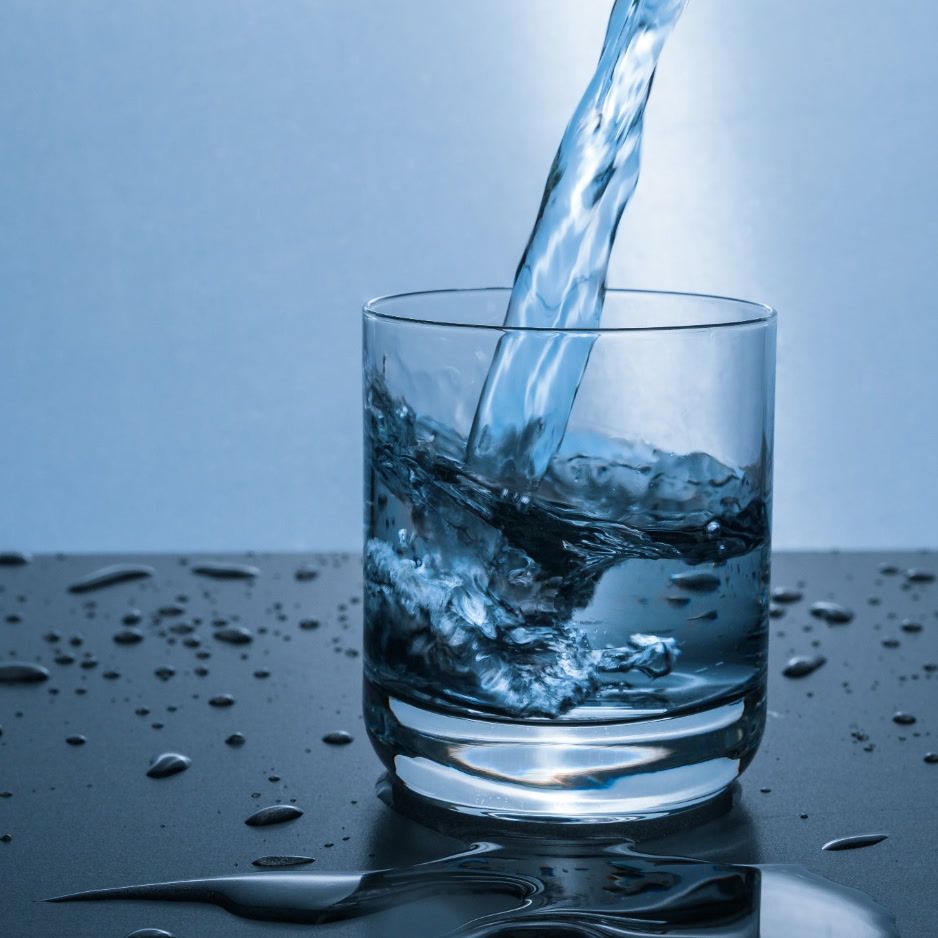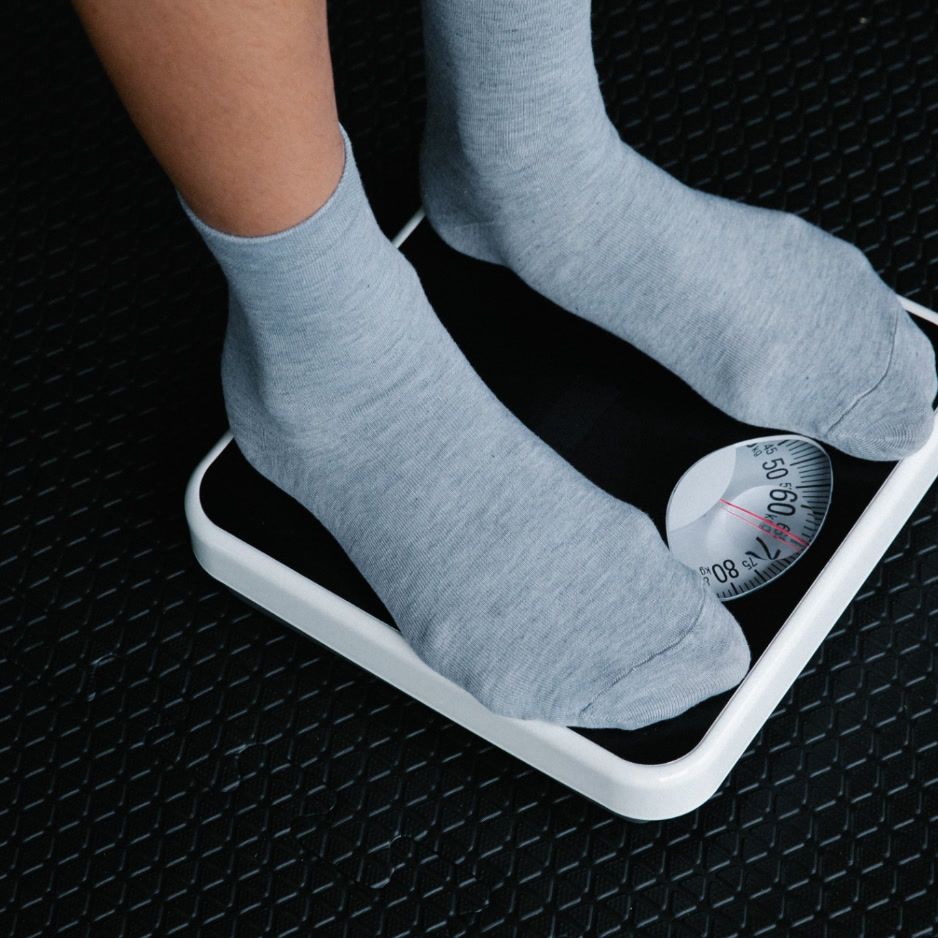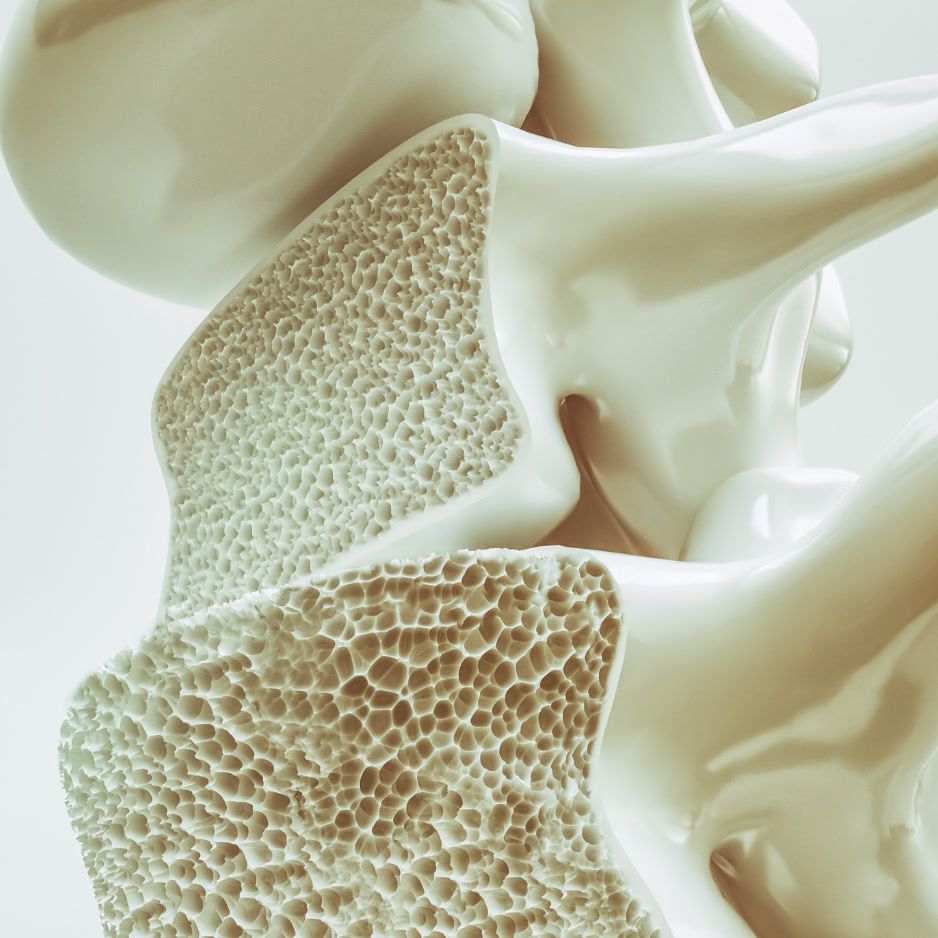Building Muscle in a Calorie Deficit: How to Achieve Body Recomposition

Can You Build Muscle in a Calorie Deficit? Here's How
Most lifters assume you must eat more calories than you burn to add muscle. Research shows that’s only half the story. Under the right conditions—adequate protein, smart training, a reasonable deficit, and solid recovery—you can gain lean tissue while losing fat. This process, known as body recomposition, is the holy grail of physique change.
This guide lays out a data-driven game plan for achieving recomposition and explains how to track your progress precisely with BodySpec DEXA scans.
Muscle Growth 101: The Tug-of-War Inside Your Muscles
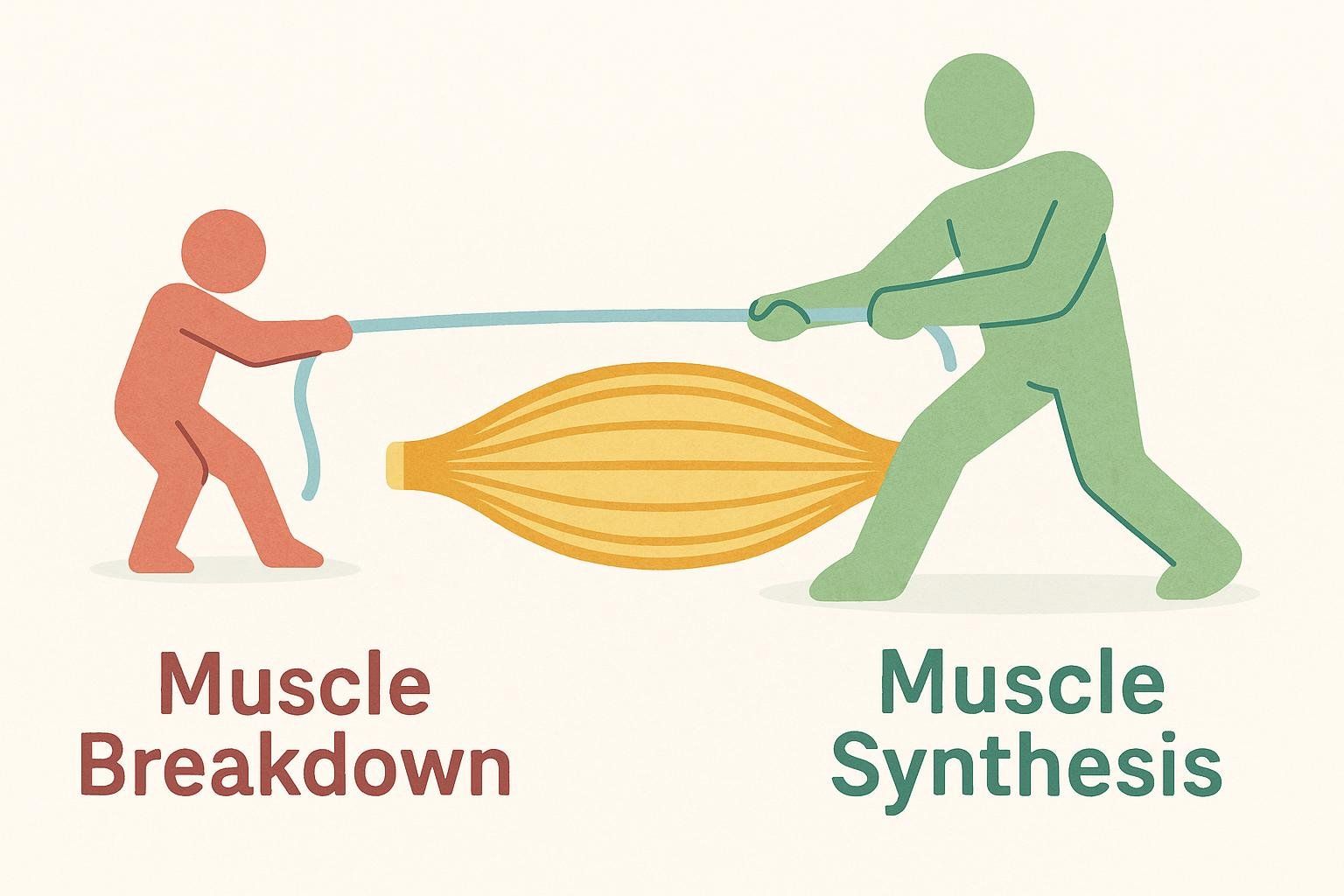
Muscle size changes when the balance between muscle protein synthesis (MPS) and muscle protein breakdown (MPB) shifts.
- A surplus of building blocks (protein + energy) + mechanical tension → MPS > MPB → muscle growth.
- A severe calorie deficit, illness, or inactivity → MPB > MPS → muscle loss.
During a cut, your mission is to keep MPS high enough to outpace MPB—even though energy intake is lower.
How a Calorie Deficit Affects Muscle Building
Calorie restriction reduces the energy available for MPS, which is why large deficits often stunt growth. According to a 2023 analytical review by exercise scientist Eric Trexler (Stronger By Science), deficits of roughly 500 kcal can markedly impair hypertrophy in experienced lifters when protein and training variables are sub-optimal.
Yet multiple trials and meta-analyses show muscle gain is still possible when:
- Protein intake reaches at least 1.6 g/kg body weight, as reported in a 2022 systematic review and meta-analysis in the Journal of Cachexia, Sarcopenia and Muscle.
- Resistance training applies progressive overload.
- The calorie deficit is moderate (≈250–500 kcal per day).
- Recovery factors—sleep, stress management, and micronutrient sufficiency—are dialed in.
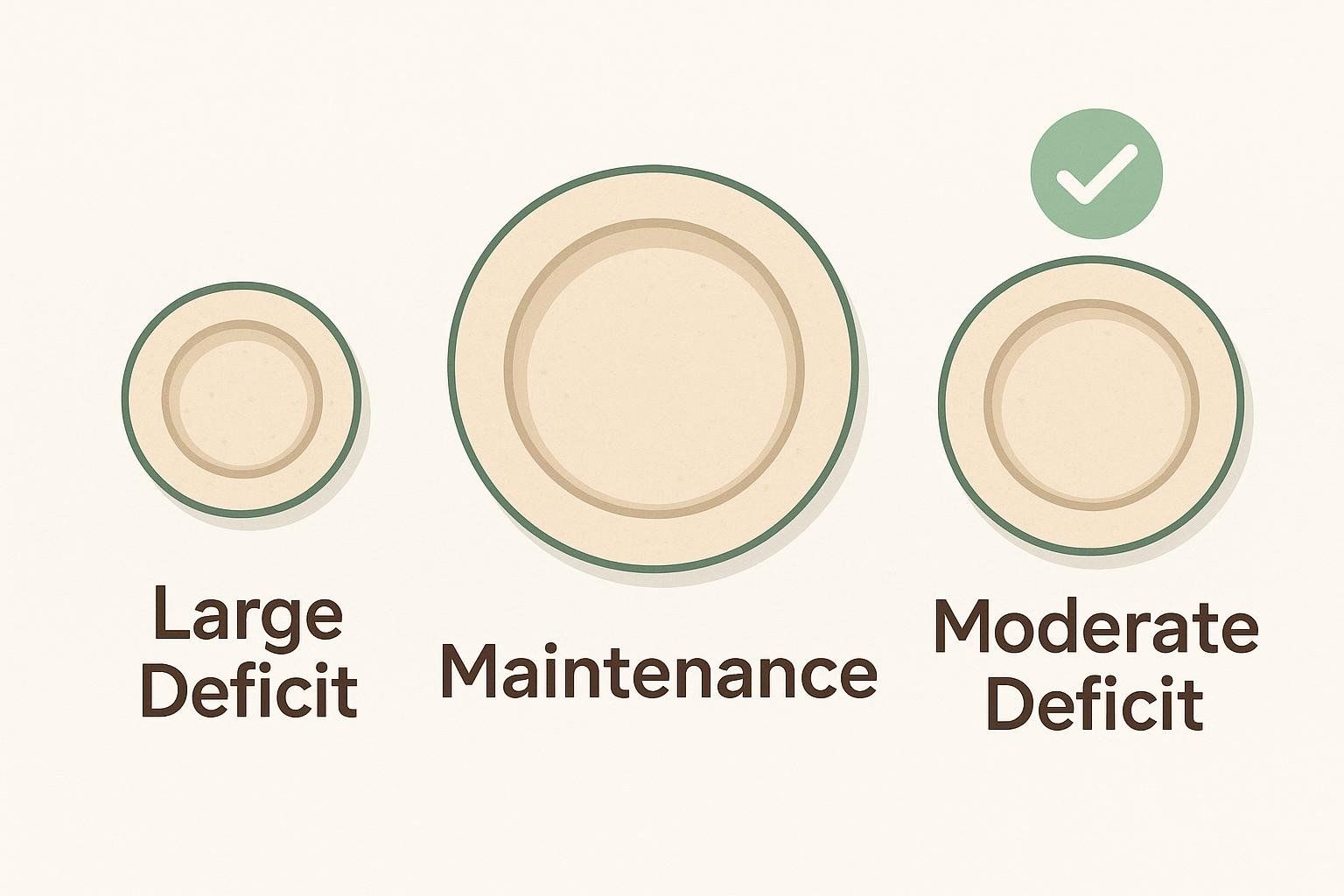
The Four Non-Negotiables for Gaining Muscle While Cutting
1. Eat More Protein Than the Average Bulker
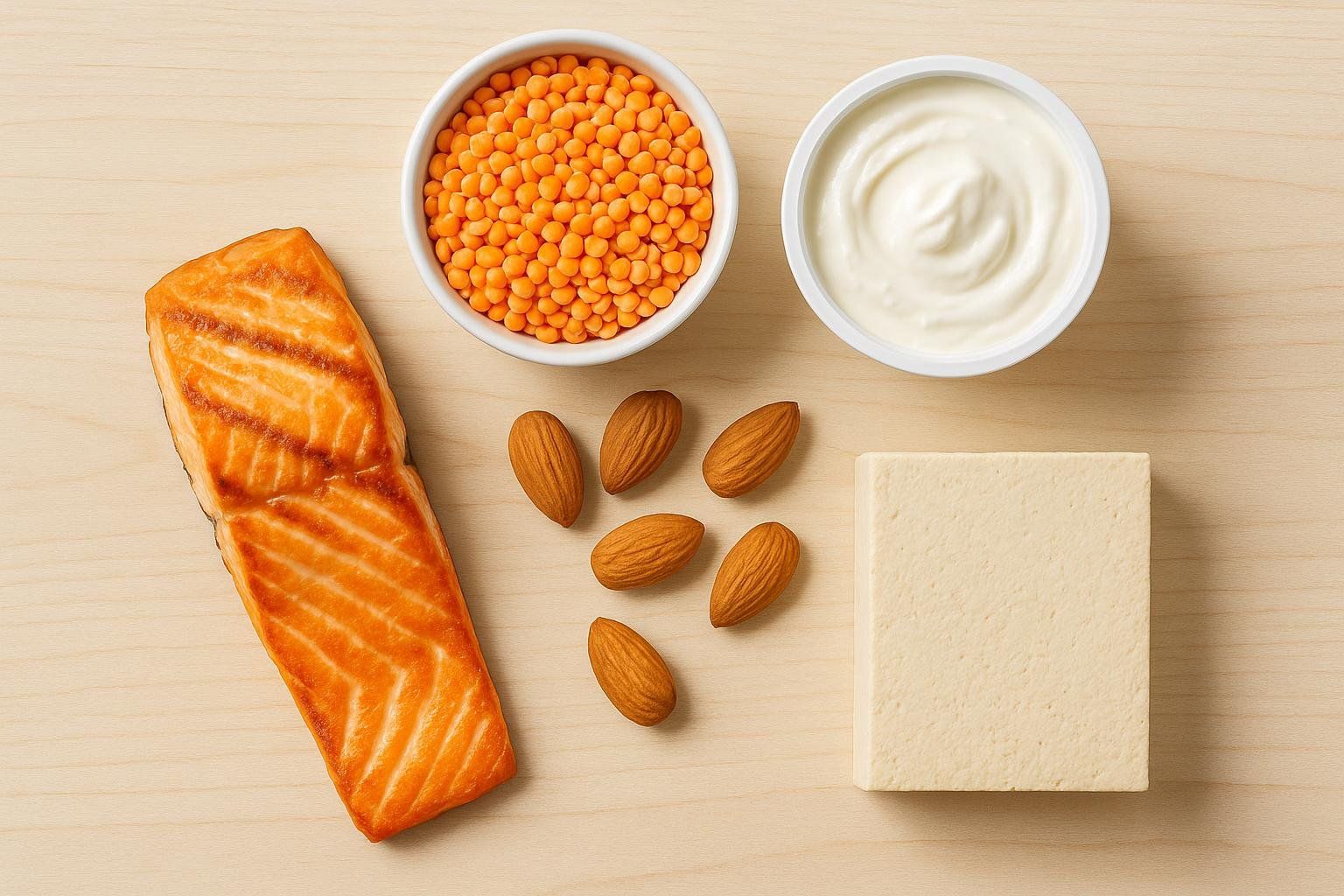
Meta-regression data suggest MPS plateaus around 1.6–2.2 g/kg for most lifters (a 2018 meta-regression in the British Journal of Sports Medicine). That’s roughly 0.8–1 g per pound of body weight.
| Body Weight | Daily Protein (Min) | Daily Protein (Upper End) |
|---|---|---|
| 150 lb | 120 g | 150 g |
| 180 lb | 145 g | 180 g |
| 200 lb | 160 g | 200 g |
Pro tip: Distribute protein over 3–5 meals spaced ~3 hours apart. A 2018 review in the Journal of the International Society of Sports Nutrition suggests ~0.4 g/kg per meal maximizes MPS.
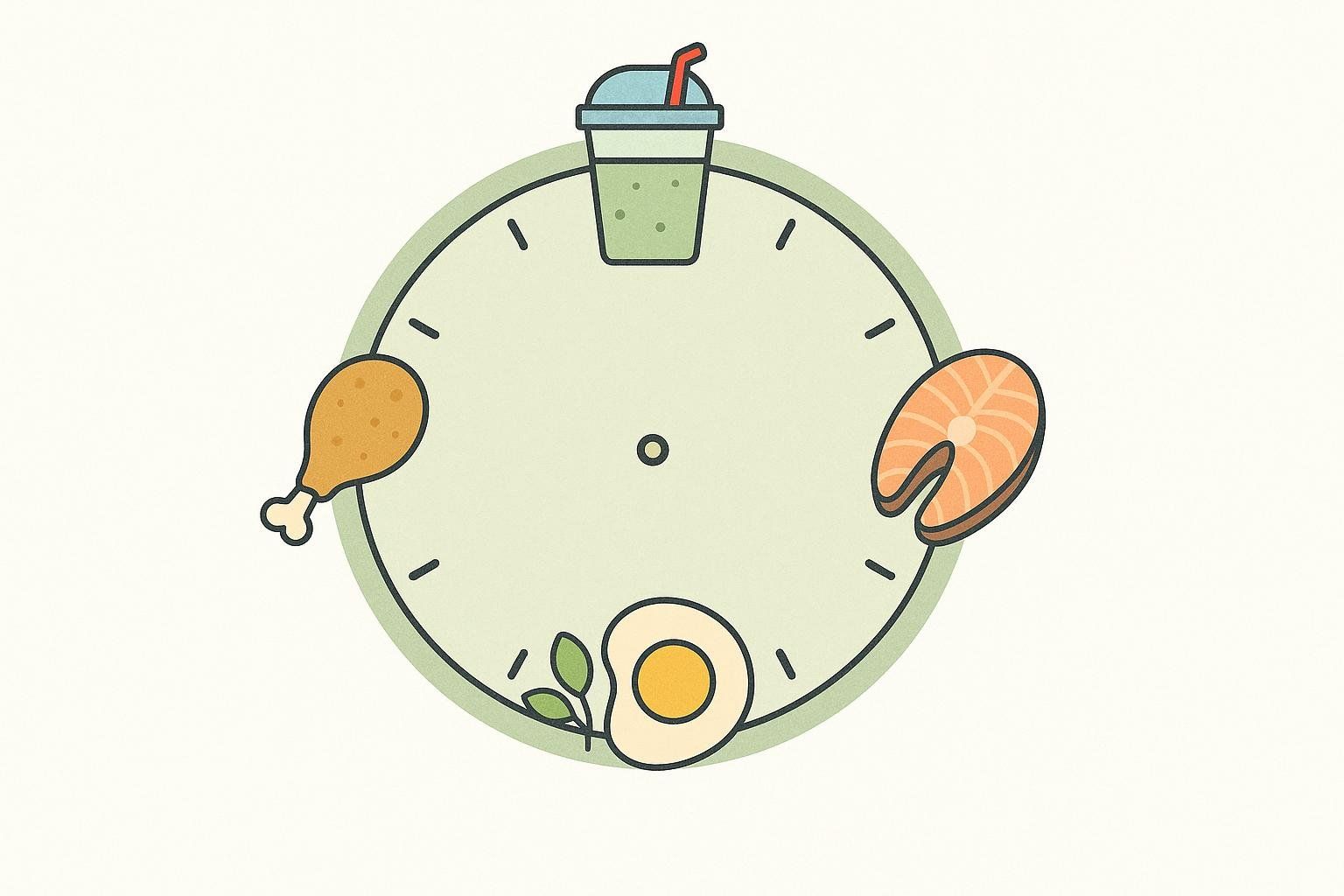
2. Train With Progressive Overload
Muscle thrives on challenge. Prioritize compound lifts (squats, presses, rows) and aim to add 1–2 reps or 2–5 lb each week. Need a template? See our 4-day workout split guide.
3. Keep the Deficit Manageable
Shoot for a 250–500 kcal daily shortfall (about 10–15 % below maintenance). Bigger cuts shred fat faster but starve MPS.
4. Recover Like It’s Your Job

Sleeping fewer than six hours per night can reduce muscle preservation by up to 50 % during a diet, notes a 2020 review in the NSCA Strength & Conditioning Journal.
Actions: 7–9 hours of quality sleep, daily stress relief (walks, meditation), and minimal alcohol—ethanol can suppress MPS for up to 24 hours.
Who’s Most Likely to Succeed?
- Beginners: Their high sensitivity to training stimuli makes simultaneous muscle gain and fat loss highly achievable.
- Higher-BF Individuals (≥25 %): Stored fat supplies extra energy.
- Detrained Athletes: Muscle memory accelerates regrowth.
Advanced, lean lifters can still gain, but expect slower rates (≈0.25 lb of lean mass per week).
An 8-Week Recomp Blueprint
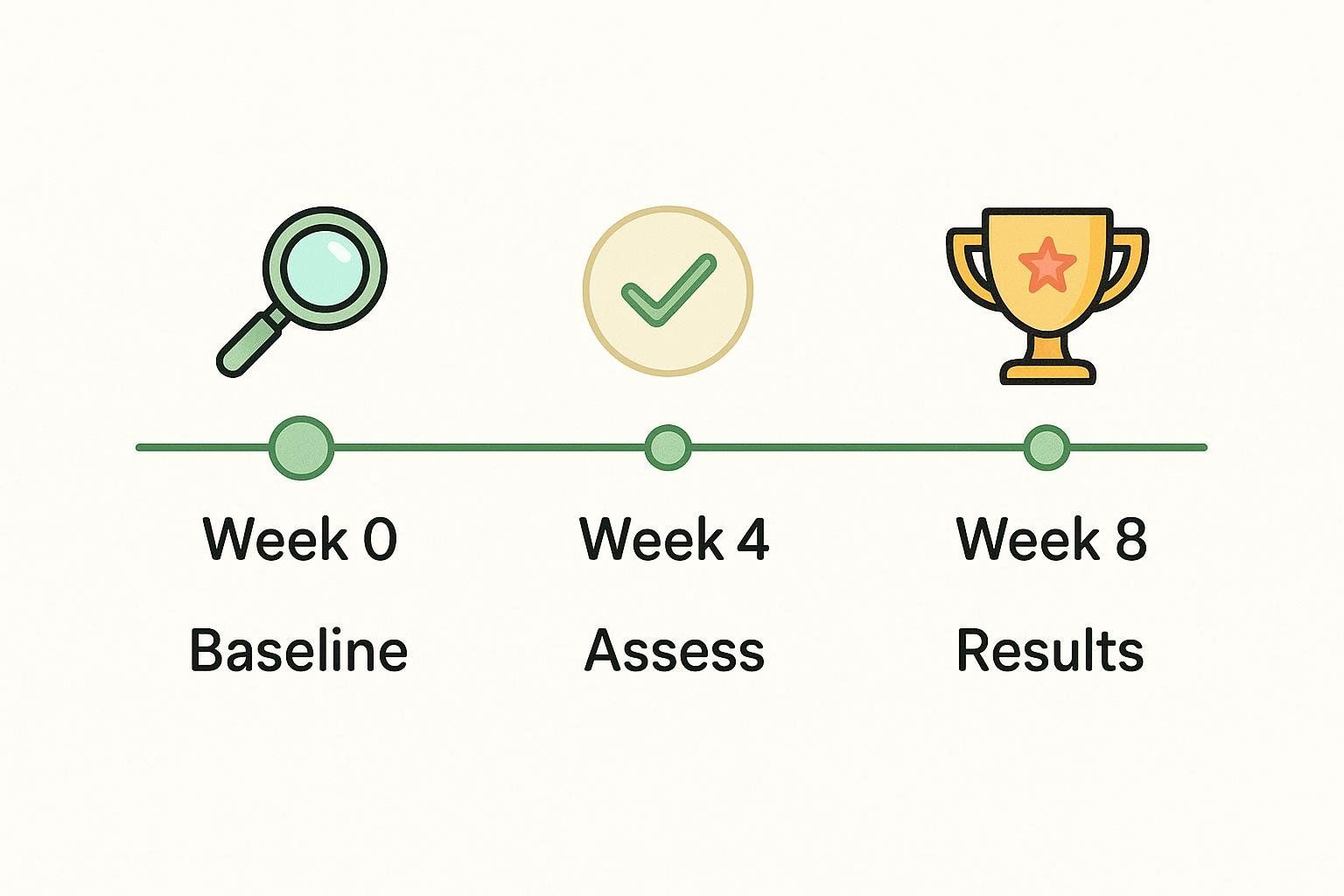
- Week 0 – Baseline DEXA Scan
Capture starting fat mass, lean mass, and visceral fat levels. (Why DEXA?) - Weeks 1–4 – Establish the Deficit
Reduce 250–500 kcal, hit protein target, lift 3–4 × /week. - Week 4 – Mini-Assessment
If strength is rising and body weight is dropping ≤1 %/week, you’re on track. - Weeks 5–8 – Adjust & Push
• If scale weight hasn’t moved for two straight weeks, reduce calories by ~100 kcal.
• If your main lifts decline in two consecutive sessions, increase calories by ~100 kcal to support recovery. - Week 8 – Follow-Up DEXA Scan
Analyze changes in both lean mass and fat mass to validate your progress.
Need help interpreting your scan? Use our body recomposition guide.
Leverage Your BodySpec Data: From Scan to Action
Because the scan separates muscle and fat by body region, you can pinpoint whether your program is adding lean mass where you intended—or if adjustments are needed.
FAQ
How much protein can I absorb in one sitting? About 0.4 g/kg per meal is enough to maximize muscle protein synthesis.
Should I add cardio? Yes—1–2 moderate sessions can increase fat loss without harming gains. Just avoid marathon cardio right before heavy leg day.
Do I need supplements? Whey or plant protein helps hit targets; creatine monohydrate aids strength. Everything else is optional.
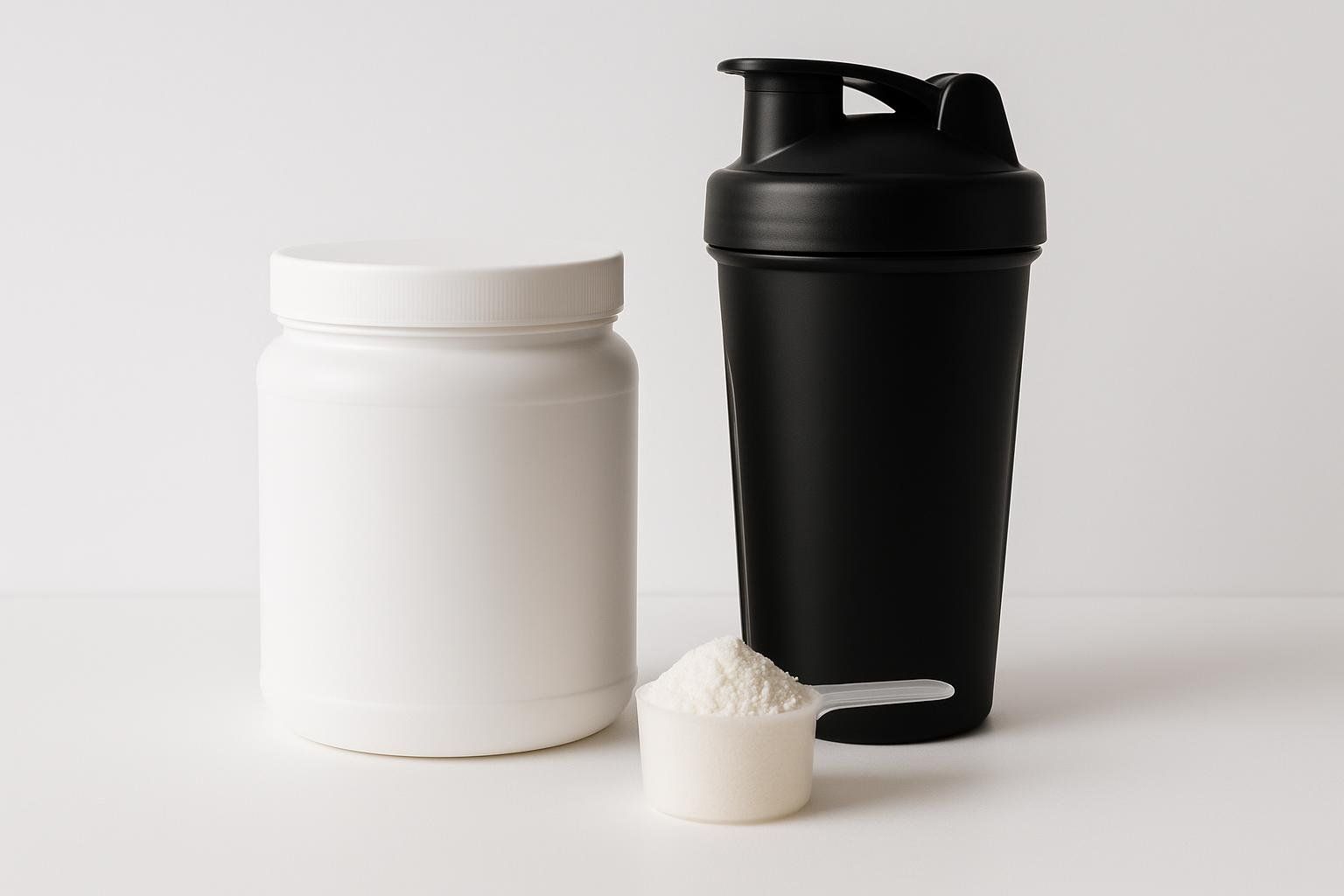
What rate of muscle gain is realistic in a deficit?
• Beginners: 1–2 lb/month
• Intermediates: 0.5–1 lb/month
• Advanced: 0–0.5 lb/month
Can women build muscle in a deficit? Yes—the same principles apply. Studies show female lifters can achieve body recomposition when protein intake and training stimulus are sufficient.
Key Takeaways
- Building muscle in a calorie deficit is possible—when nutrition and training are dialed in.
- Protein intake of 1.6–2.2 g/kg and progressive overload are non-negotiable.
- Moderate deficits (250–500 kcal) strike the balance between fat loss and muscle retention.
- DEXA tracking provides superior insights to scale weight, revealing precise changes in body composition that scales cannot measure.
Ready to put this into action? Book your next BodySpec scan and confirm your recomposition results.
